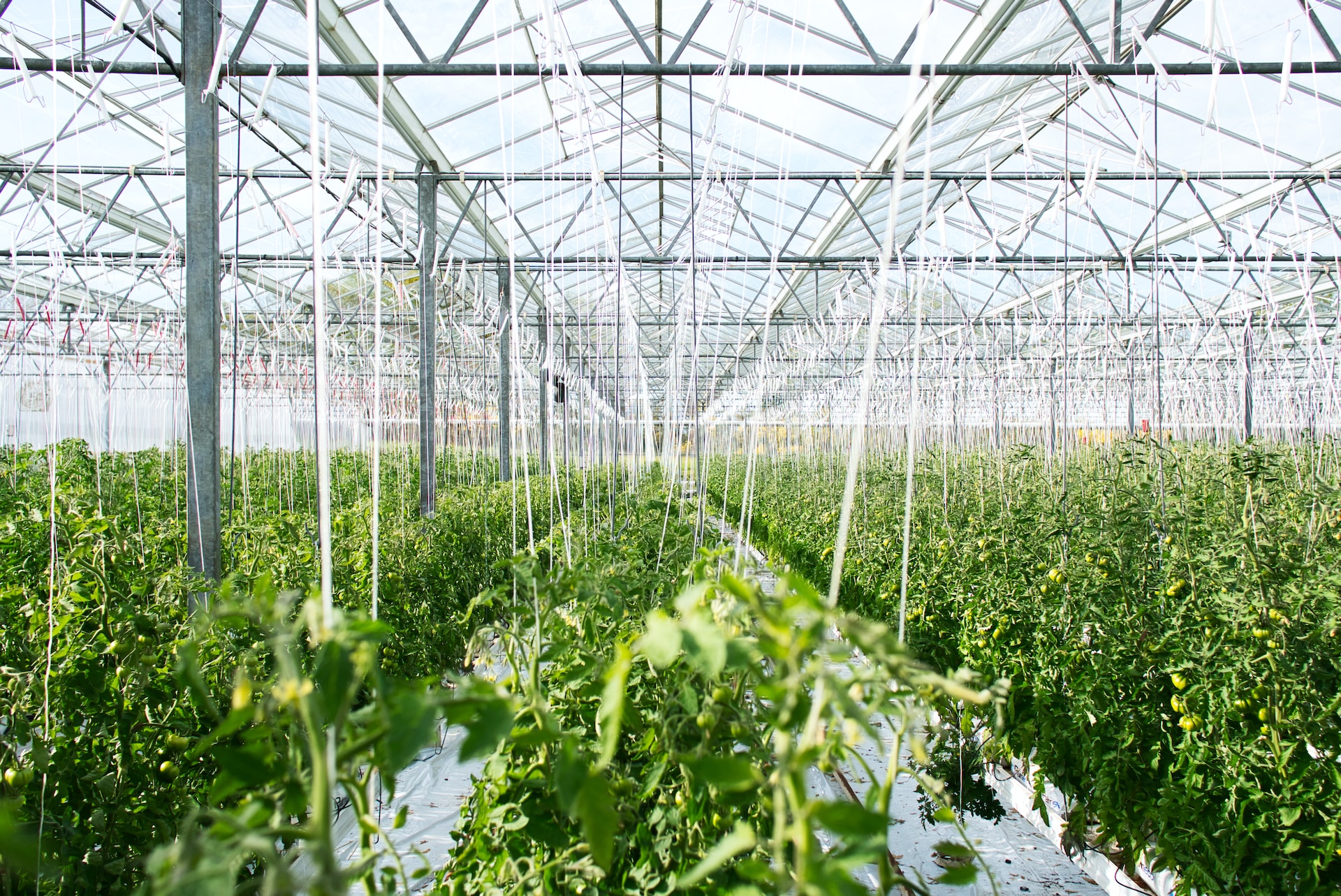issues in greenhouse Farming
1. Temperature Control
Temperature control is one of the most significant challenges in greenhouse farming, according to farmpally.
The temperature inside the greenhouse can fluctuate rapidly, leading to stress on the plants.
This can be detrimental to the growth and development of the crops. To overcome this problem, farmers can use various techniques such as ventilation, shading, and cooling systems.
Proper insulation of the greenhouse can also help maintain a consistent temperature.
2. Humidity Control
Humidity control is another challenge in greenhouse farming and other modern-day farming driven by technology. High humidity levels can lead to the growth of mould and other harmful pathogens, which can damage the crops.
On the other hand, low humidity levels can cause the plants to dry out and wilt. To maintain optimal humidity levels, farmers can use dehumidifiers, ventilation, and watering techniques.
3. Pest and Disease Control
Greenhouse farming provides a protected environment for crops, but it also creates a favourable environment for pests and diseases.
The close proximity of plants in the greenhouse can lead to the rapid spread of pests and diseases, which can be difficult to control.
To overcome this problem, farmers can use biological control methods such as introducing natural predators, as well as chemical control methods such as pesticides.
4. Soil Fertility
Soil fertility is essential for the growth and development of crops. However, the soil in the greenhouse can become depleted over time due to continuous cropping.
To maintain soil fertility, farmers can use fertilisers and soil amendments such as compost and manure, chaktty advised.
Additionally, crop rotation can help prevent soil depletion and maintain soil health.
5. Water Management
Water management is crucial in greenhouse farming, as plants require a consistent supply of water for optimal growth.
However, overwatering can lead to waterlogging and root rot, while underwatering can cause the plants to wilt and die.
To overcome this problem, farmpally recommended the use of irrigation systems that provide a consistent supply of water while preventing waterlogging.
Additionally, using mulch can help retain moisture in the soil.
6. Biological control
Firstly, preventing pest infestations is crucial for greenhouse farmers. Regular monitoring and treatment can help to prevent pests from causing damage to crops.
Additionally, implementing biological controls, such as introducing natural predators, can also be effective.
Secondly, maintaining the ideal temperature is essential for greenhouse farming.
Installing a ventilation system and shade cloth can help to regulate the temperature and prevent heat stress.
Similarly, using heating systems and insulation can help to keep the greenhouse warm during colder months.
7. Nutrients Management
Lastly, nutrient management is crucial for healthy crop growth. Testing the soil regularly and using fertilisers and supplements can help to ensure that the plants receive the necessary nutrients.
Additionally, using hydroponic systems can provide a more efficient and controlled way of delivering nutrients to the plants.
Conclusion
In summary, greenhouse farming can be challenging, but with the right techniques and strategies, it is possible to overcome these problems and achieve a successful harvest.
By implementing pest control measures, temperature regulation techniques, and nutrient management practices, greenhouse farmers can ensure optimal plant growth and a bountiful yield.


